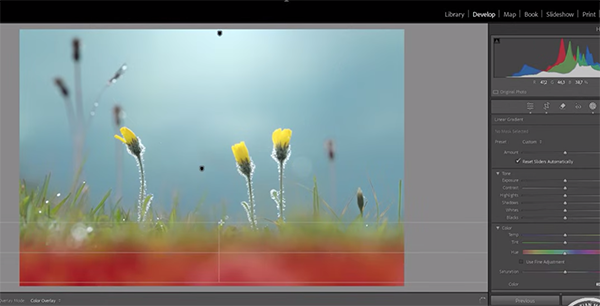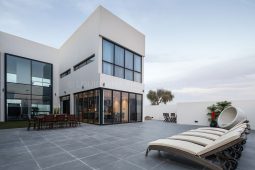Want Better Nature Photos? Know When to Use HSL or Calibration Tools (VIDEO)
Do you understand the difference between Lightroom’s HSL and Calibrations tools, how each one works, and which method provides the best results when processing different types of landscape and nature images? If not, this 12-minute tutorial from the PHLOG Photography YouTube channel will clarify any questions you may have.
Regular Shutterbug readers are all familiar with the work of German pro Christian Mohrle who’s not only a great landscape photographer but a very adept post-processing expert. You’re also aware that he always provides a link beneath his videos for downloading the Raw file used to explain the technique of the day.

This episode not only demystifies Lightroom’s important HSL and Calibration tools, but it walks you through a complete edit from beginning to end so you can follow along and make the adjustments yourself as the simple step are explained in barely 12 minutes.
Mohrle prepares the image with several basic adjustments before jumping into the headline tools and the selective adjustments that are part of the equation. He begins by changing the Lightroom profile from Adobe Color to Adobe Standard to lesson contrast in the shot. Then he modifies White Balance to cool off the background, boosts exposure while ignoring clipping on water droplets, and cuts shadows for a bit more “punch.”
Other preliminary enhancements include increasing Texture, decreasing Clarity and Dehaze, and significantly boosting Vibrance for a more saturated appearance that accentuates the yellow blooms and green foreground vegetation in a way that maintains a realistic look.

The image is now much improved and it’s time for simple masks that selectively target different elements within the frame. These includes a Color Range mask with a Linear Gradient for enhancing the blue background, and another linear Gradient to adjust tones in the lower portion of the shot.
Now it’s time to explore how Lightroom’s HSL and Calibration tools can further refine the result, and Mohrle’s explanation makes the difference easy to understand. All that left to complete the impressive transformation is a bit of surgical cleanup.
Mohrle’s instructional YouTube channel is a great resource for landscape photographers and others who shoot in the field, so make it a point to visit when you have time to explore everything that’s available.
We also suggest watching the tutorial we featured recently with another accomplished pro who debunks the conventional wisdom that you should always shoot landscape and nature photographs at low ISO settings whenever possible.





